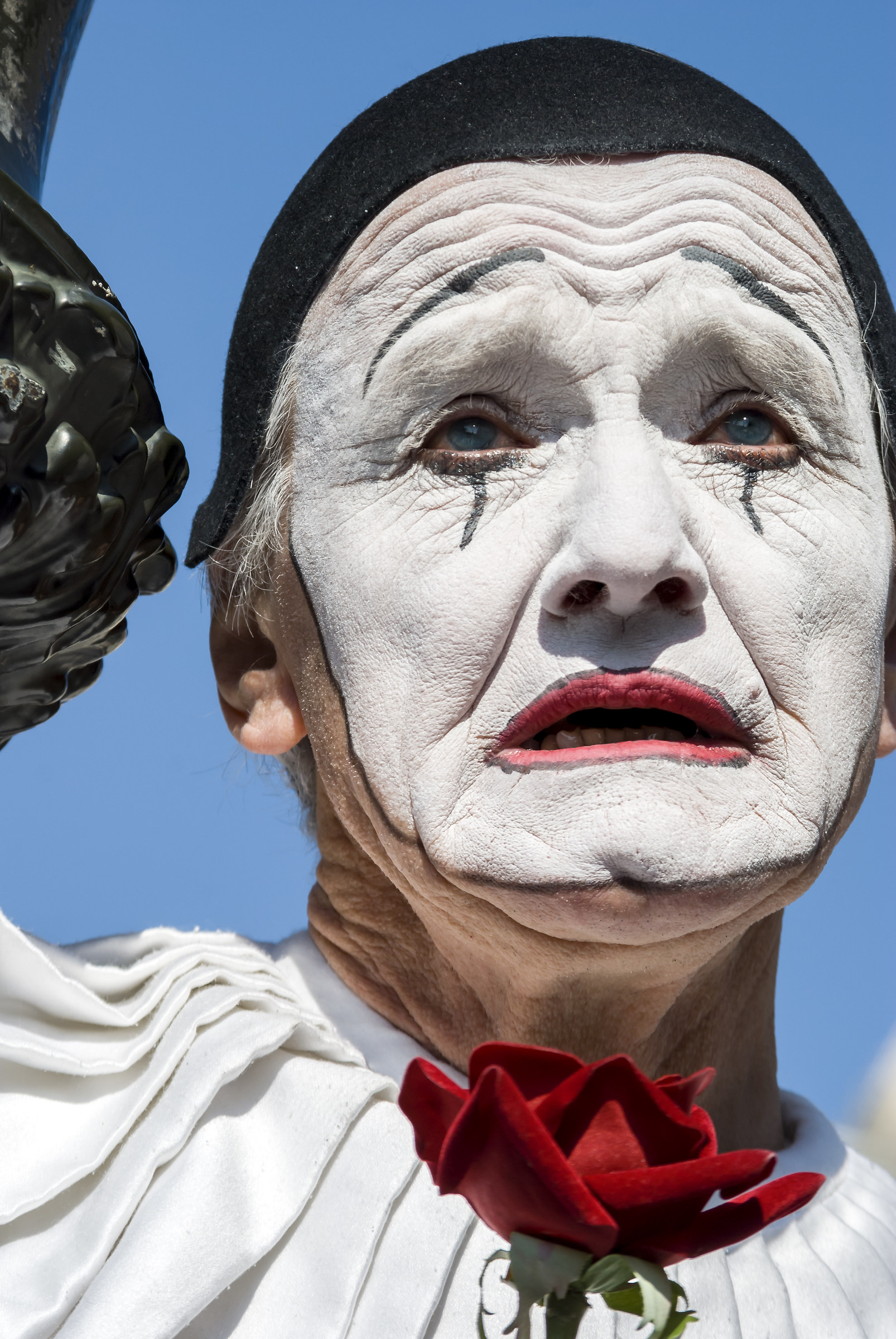

However, it was really in the 1800s that Pierrot shed his old skin of the bumbling fool and slipped into a new one befitting a melancholy artistic muse, thanks to Bohemian mime Jean-Gaspard Deburau.Ĭharles Deburau (son of Jean-Gaspard) as Pierrot, 1854.ĭeburau moved from his home in what is the Czech Republic today to Paris and performed under the name Baptiste at the Théȃtre des Funambules on the infamous Boulevard du Crime, a riotous theatre district now lost in time, once known for its abundance of crime dramas showing. When Italian comic theatre was expelled by the French at the end of the 17th century for planning to perform an offensive play, Pierrot’s character took on a new lease of life and was already part of their repertoire.Įven in these early stages of Pierrot’s life in the commedia dell’arte, some could see his sensitive side lying beneath, like Rococo French artist Jean-Antoine Watteau who painted sympathetic depictions of Pierrot that humanised his rejection and loneliness.

He was the butt of the jokes with his unrequited love for Columbine, who chose the rakish and witty Harlequin in his chequered costume instead. The Pierrot of the commedia dell’arte was not the sophisticated and melancholy clown we see crying on chocolate boxes but rather a bumbling fool portrayed purely for comedic purposes. The commedia dell’arte, the ancestor of poop jokes and slapstick, paraded its stock characters parodying regions and figures from Italy in a cast of archetypes. 1718-1719) Oil on canvas Rococo Located in the Musée du Louvre, Paris, France Perhaps Pierrot would have remained just another character in a Molière play had the playwright not shared the venue with a troupe of commedia dell’arte performers from Italy. Molière wrote a character with the name Pierrot into his five-act comedy Don Juan or the Feast of the Stone as a peasant with a bit part in the play’s second act, giving this proto-Pierrot his theatre debut. The story begins in 17th century France in the Palais-Royal theatre in Paris. The Pierrot we recognise today was born on the stage as a lovechild of the Italian commedia dell’arte and French playwright Molière’s imagination. But who is Pierrot? Where did he come from? From being the laughing stock of seventeenth-century comedy into the brooding romanticism of the fin de siècle, it’s time to uncover the history of Pierrot, an icon with many faces. Pierrot is the archetype of the sad clown but he’s also the father of mime, an alter ego for the Decadent, Symbolist, and Modernist movements, and a muse for artists, poets, and designers. He’s dressed in an oversized white shirt with ruffles and pompoms and a little white pointed hat. We all know his face: white like the moon, his only friend, with sad black lines drawn around the eyes, smudged by a teardrop or two. “I’m Pierrot,” once said the late, great David Bowie: “I’m Everyman”. German actress and writer Erika Mann as Pierrot in der ‘Pfeffermühle’, 1934


 0 kommentar(er)
0 kommentar(er)
